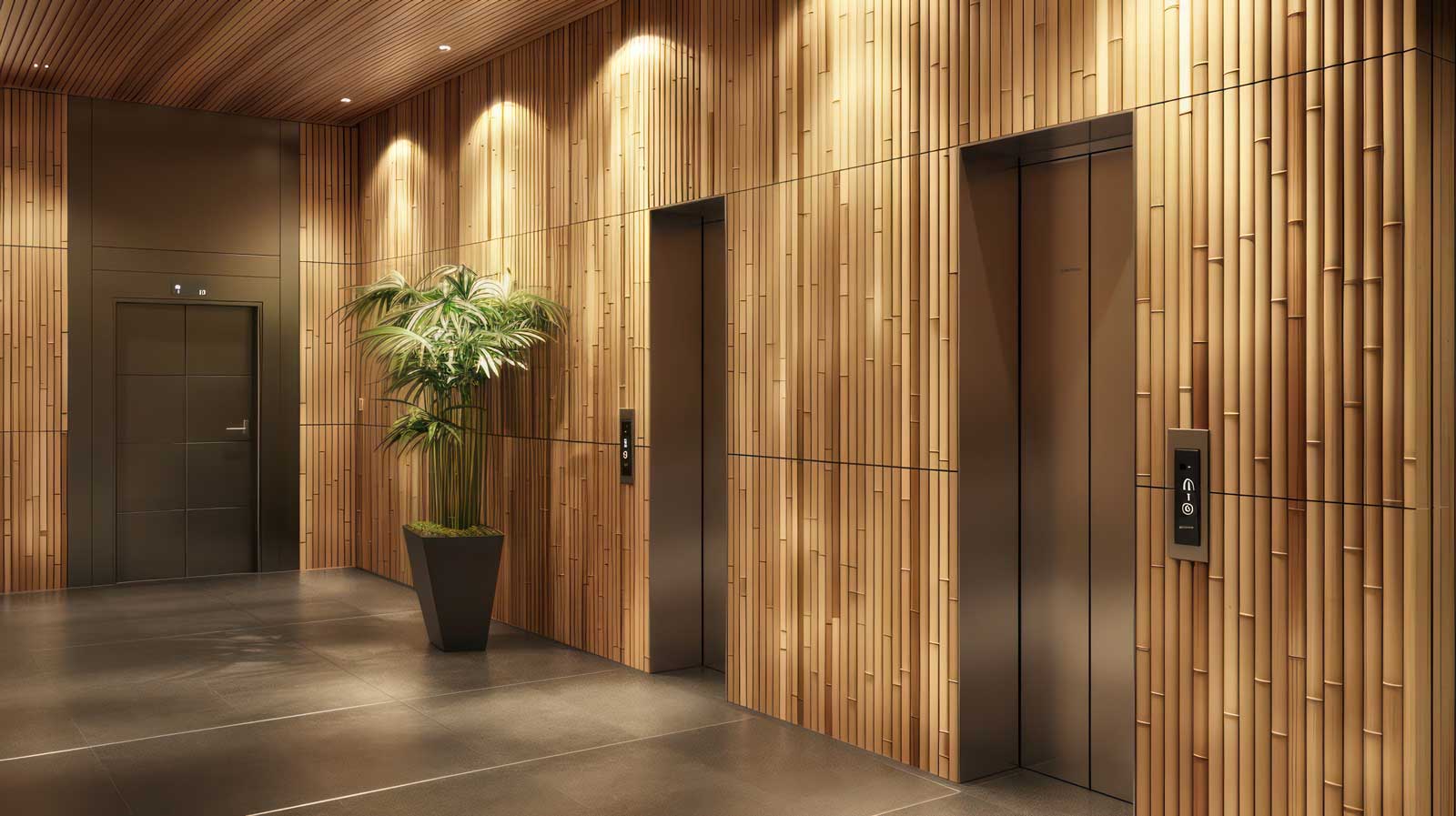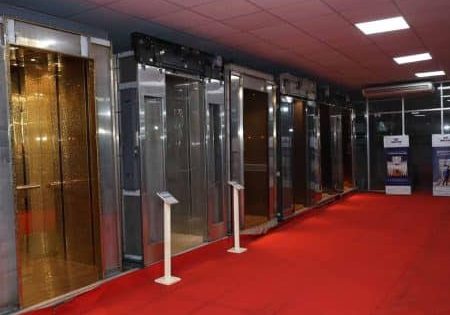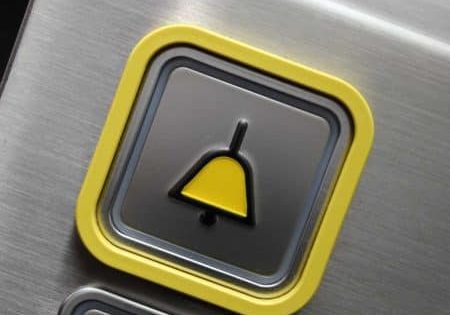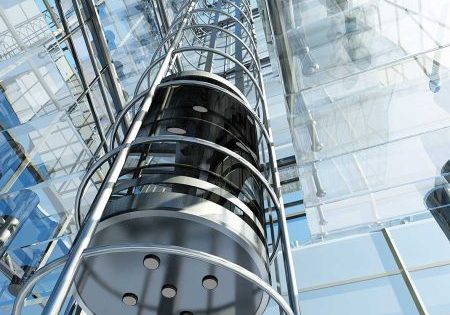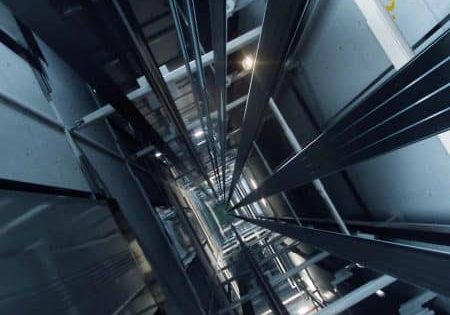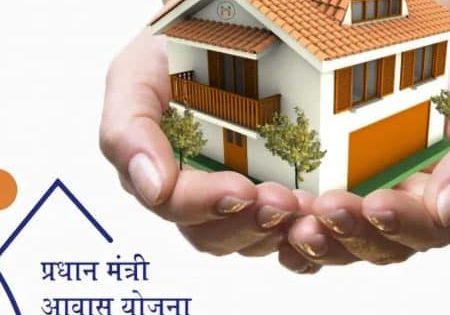Massimo Bezzi (MB), president, European Federation for Elevator Small and Medium-sized Enterprises (EFESME), shares with your author (SP) his observations on the VT industry in India, scope for collaborations and the aspects that set it apart.
SP: What are your first-hand impressions of the vertical-transportation (VT) industry in India: the leading lift brands, component manufacturers, types of lifts being installed, etc.?
MB: The VT industry in India is evolving rapidly with a mix of both international and domestic lift brands competing in the market. There is a growing presence of advanced technologies and innovation in the types of lifts being installed, catering to the diverse needs of buildings in the country.
SP: What have been your observations in terms of the growing demand for lifts in India with buildings rising higher and higher across the country, infrastructure projects like airports and metros, replacing and retrofitting lifts in older buildings, etc.?
MB: The demand for lifts in India is increasing significantly due to the booming construction industry and infrastructure development projects. With buildings getting taller and infrastructure projects expanding, there is a continuous need for modernization and retrofitting of lifts in older buildings to meet safety and efficiency standards.
SP: How would you evaluate or assess the maturity or development of the lift industry in India? How does it compare with that in other countries across Asia and at an international level?
MB: The lift industry in India has shown impressive growth and development, but there is still room for further maturity compared to more established markets in Asia and internationally. There is a potential for India to catch up by adopting best practices and standards from global players.
I believe the Indian market is very advanced compared to other countries in Asia. In fact, India has a large number of components manufacturers, local companies and even many European companies that have chosen to manufacture in India for market advantages and because India is in a geographically strategic position.
SP: How significant is India as a potential market for EFESME members? Do you see scope for collaborations and partnerships? If so, in which aspects?
MB: India represents a significant market for EFESME members, offering opportunities for collaborations and partnerships. There is potential to leverage expertise and resources to address specific market needs and enhance overall industry standards.
If Indian companies are interested, our Federation can act as a reference for initial contact with our European members.
I believe that understanding the type of product needed in the Indian market allows for identifying industrial entities that may be of greater interest for the same market.
The Indian market stands out due to its unique blend of traditional practices and modern technologies, along with a diverse range of building structures and regulatory frameworks.
—Massimo Bezzi, EFESME President
SP: What are the attributes or parameters that make the Indian market different from other markets globally?
MB: The Indian market stands out due to its unique blend of traditional practices and modern technologies, along with a diverse range of building structures and regulatory frameworks. Understanding these nuances is crucial for success in the Indian market.
I believe that the Indian market contains the specificities of some European countries as buildings without elevators and, therefore, that they need installations rather than high-rise building as a result of modern urban development.
SP: What are your overall expectations for the lift industry for the second half of 2024 and beyond?
MB: In the second half of 2024 and beyond, the lift industry is expected to witness further advancements in smart technology, sustainability and inclusive design. There will be a focus on meeting the evolving needs of intelligent buildings and enhancing user experience through innovation.
SP: What is the relevance of SMEs for the lift industry in Europe? Have you observed this across the globe, including in India?
MB: SMEs play a vital role in the lift industry in Europe by fostering innovation, flexibility and regional expertise. Ninety-eight percent of the companies in Europe are SMEs. This model of collaboration and specialization can also be beneficial for the industry in India and other markets globally.
SP: How have aspects like smart technology, new standards, inclusivity, accessibility and sustainability influenced the lift industry’s future?
MB: Smart technology, new standards, inclusivity, accessibility and sustainability are shaping the future of the lift industry by driving innovation and enhancing user experience. Adapting to these trends is crucial for staying competitive and meeting the changing demands of the market.
SP: Do you see advanced technology-driven VT for “intelligent” buildings being utilized to a greater extent going forward in India?
MB: Advanced technology-driven VT solutions for intelligent buildings are likely to gain traction in India as the country embraces smart infrastructure and sustainable development. Integrating smart technologies can optimize efficiency, enhance safety and improve user convenience in modern buildings.
SP: Do you feel that India should have a common lift act and safety protocols applicable across the country? What has been your observation in Europe in this regard — any advice or suggestions?
MB: I think there is information missing to myself to give a complete answer to this question. I suppose that having a common lift act and safety protocols applicable across India can streamline regulatory processes, ensure uniform standards and enhance safety in the VT sector. Drawing insights from European regulatory frameworks can provide valuable lessons and best practices for shaping policies in India.
About Massimo Bezzi

Get more of Elevator World. Sign up for our free e-newsletter.
